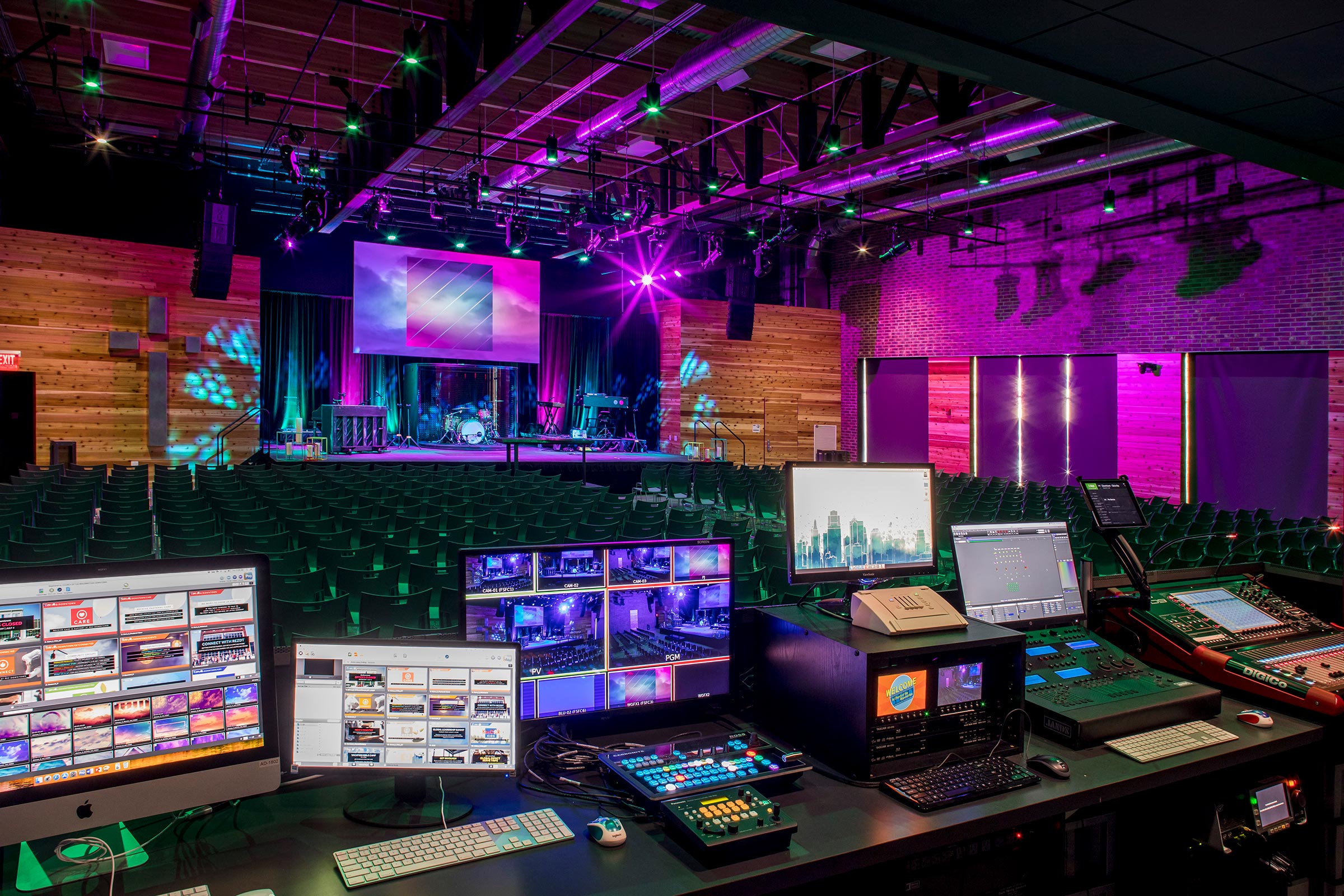Exploring the Benefits and Disadvantages of Static Frame and Portable Display Screens for All Viewing Experience
Exploring the Benefits and Disadvantages of Static Frame and Portable Display Screens for All Viewing Experience
Blog Article
When it pertains to enjoying movies, displays, or gaming, the kind of projection display utilized can significantly influence the viewing encounter. Two common options are stationary displays and portable projecting screens. Both kind has its own collection of benefits and disadvantages that can affect which one is most suitable for a specific scenario. Comprehending these differences can assist individuals and entities make knowledgeable choices about their viewing arrangements.
Fixed frame projecting displays are designed to be permanently installed in a specific location. One of the main benefits of stationary displays is their capability to offer a flat, flat surface for projecting pictures. This evenness guarantees that the picture quality is sharp and distinct, which is particularly crucial for high-definition content. Additionally, stationary screens often feature with a black frame that improves differentiation and causes the projected image pop more. This kind of display is perfect for residential theaters or dedicated display spaces where the configuration will not alter often.
On the other hand, mobile projection screens offer flexibility and convenience. These screens can be readily assembled and dismantled, making them ideal for events that require mobility, such as conferences, classrooms, or outdoor film screenings. Mobile displays are available in multiple sizes and styles, including stand and foldable options, allowing users to choose an option that fits their needs. The ability to transport these screens makes them a favored choice for individuals who need to show in various places or for those who do not have a permanent area for a stationary screen.
Nonetheless, there are some limitations to both types of screens. Fixed frame displays can be more costly and necessitate professional setup, which may not be visit this page practical for all. Additionally, after mounted, they cannot be relocated easily, limiting their use to one location. In contrast, mobile displays may not provide the equivalent degree of image quality as fixed frame screens. They can occasionally have creases or bends that affect the projection, especially if they are not set up correctly. This can be a concern for those who prioritize picture quality over convenience.
Another factor to take into account is the area available for the screen. Fixed frame screens need a specific space with enough surface space and proper lighting settings to enhance the watching encounter. This can be a constraint for those residing in smaller homes or flats. Portable screens, however, can be used in multiple environments, from large auditoriums to small living rooms. This versatility renders them a sensible option for numerous individuals, particularly those who may not have a permanent setup.
In conclusion, both stationary and mobile projecting displays have their unique benefits and disadvantages. Fixed frame displays shine in offering superior images and a professional look, making them appropriate for specific watching spaces. On the flip side, portable displays provide versatility and ease of use, making them ideal for mobile displays and events. By weighing the advantages and disadvantages of both type, people and organizations can select the projecting screen that best fits their particular requirements and improves their watching experience.